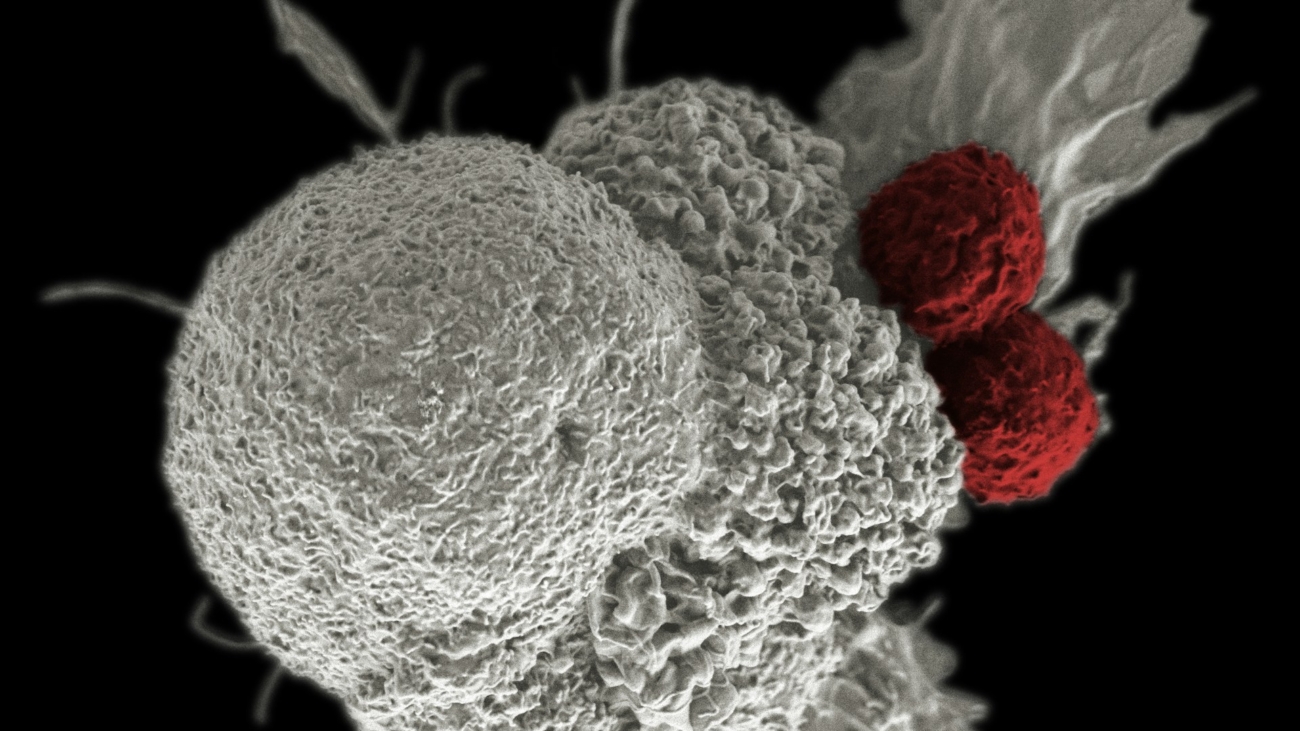As biotechnology and nanotechnology continue to advance, they offer unprecedented opportunities in healthcare, including the potential to treat and prevent a wide range of diseases. However, these innovations also bring new challenges, particularly the emergence of new illnesses and unknown diseases due to genetic mutations. Understanding these risks and implementing strategies to counter them is crucial for the safe and effective application of these technologies.
The Promise and Peril of Biotechnology and Nanotechnology
Biotechnology Advances
Biotechnology involves the manipulation of living organisms or their systems to develop products that improve health and quality of life. Key applications include:
- Gene Editing: Techniques like CRISPR-Cas9 allow precise modifications to DNA, potentially curing genetic disorders and enhancing disease resistance.
- Regenerative Medicine: Using stem cells and tissue engineering to repair or replace damaged tissues and organs.
- Personalized Medicine: Tailoring treatments based on an individual’s genetic makeup to increase efficacy and reduce side effects.
Nanotechnology in Healthcare
Nanotechnology manipulates matter at the atomic or molecular level to create materials and devices with unique properties. Key applications include:
- Drug Delivery Systems: Nanoparticles can deliver drugs directly to targeted cells, increasing treatment effectiveness and minimizing side effects.
- Diagnostic Tools: Nanodevices can detect diseases at very early stages, improving the chances of successful treatment.
- Therapeutic Applications: Nanomaterials can be used in cancer treatment, such as in photothermal therapy, where nanoparticles are used to destroy cancer cells with heat.
Emerging Risks: New Illnesses and Genetic Mutations
While the potential benefits of biotechnology and nanotechnology are immense, the risks associated with these innovations cannot be ignored. Genetic mutations, whether accidental or unintended, pose significant challenges:
- Unintended Consequences: Gene editing might lead to off-target effects, where unintended parts of the genome are altered, potentially causing new illnesses.
- Unknown Diseases: The introduction of novel genetic sequences or nanomaterials into the human body could give rise to new, previously unknown diseases.
- Ethical and Social Concerns: Genetic modifications, especially those that can be inherited, raise ethical questions about long-term impacts on human evolution and biodiversity.
Strategies to Counter the Risks
To harness the benefits of biotechnology and nanotechnology while mitigating their risks, several strategies can be implemented:
Rigorous Testing and Validation
- Preclinical Studies: Extensive laboratory and animal testing to identify potential side effects and genetic mutations before human trials.
- Clinical Trials: Multi-phase human trials to thoroughly evaluate the safety and efficacy of new treatments, with continuous monitoring for adverse effects.
Regulatory Oversight
- Regulatory Frameworks: Developing comprehensive regulations that govern the use of biotechnology and nanotechnology, ensuring they meet stringent safety standards.
- Ethical Guidelines: Establishing ethical guidelines to address the moral implications of genetic modifications and ensure responsible use of technology.
Monitoring and Surveillance
- Post-Market Surveillance: Continuous monitoring of patients receiving biotechnological or nanotechnological treatments to quickly identify and respond to any adverse effects or new illnesses.
- Genetic Screening: Implementing genetic screening programs to monitor populations for potential harmful mutations resulting from new technologies.
Public Awareness and Education
- Education Programs: Informing the public about the benefits and risks associated with biotechnology and nanotechnology to foster informed decision-making.
- Transparency: Ensuring transparency in the development and application of these technologies, including public disclosure of risks, benefits, and regulatory measures.
Research and Collaboration
- Interdisciplinary Research: Promoting collaboration between geneticists, nanotechnologists, ethicists, and policymakers to address the complex challenges posed by these technologies.
- Global Cooperation: Encouraging international cooperation to develop global standards and share best practices for managing risks associated with genetic mutations and new diseases.
Conclusion
The intersection of biotechnology and nanotechnology holds great promise for the future of healthcare, offering innovative solutions to some of the most challenging medical problems. However, the potential for new illnesses and unknown diseases due to genetic mutations necessitates careful consideration and proactive management of risks. Through rigorous testing, robust regulatory oversight, continuous monitoring, public education, and collaborative research, we can harness the benefits of these cutting-edge technologies while safeguarding public health and addressing ethical concerns. As we navigate this frontier, a balanced approach will be key to ensuring that advancements in healthcare technology contribute to a healthier and more equitable world.

